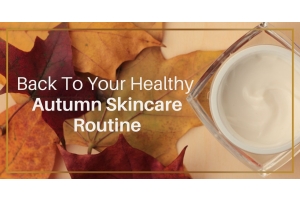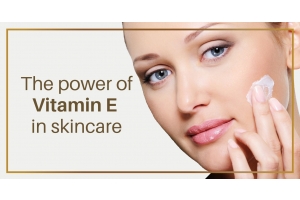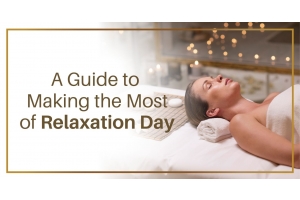Our partners and us collect data and use cookies, email pixels and similar tools to enhance your experience, analyse traffic and for ad personalisation and measurement. One such partner is Google. For more information see our cookie policy
How To Store Cosmetic Oils

In this article I would like to talk about how to store cosmetic oils and how recognise if the oil gone rancid, and why it is not good and even dangerous to use one. Natural and organic oils have very powerful but very fragile ingredients. Most of the oils are packed with anti-oxidants: vitamins A,E,C and essential fatty acids omega 3, omega 6, omega 7 and omega 9.
Those antioxidants and omegas help fighting free radicals and therefore known for their anti-ageing properties. This is what we are mostly looking for when choosing our skin care products, aren’t we? And we know that products deliver benefits only when they remain in good condition. In order to keep natural oil products safe and beneficial for our skin, we must ensure:
– Keeping them in dark glass bottles. Good manufacturers already produce their products in such special bottles in brown, dark blue or dark green color. This protects ingredients from exposure to light. When antioxidants are exposed to light they die, and when essential fatty acids Omega 3 and 6 are exposed to light, they tend to oxidize.
– Keeping the bottles properly sealed (closed). Many good manufacturers use small pumps on the bottles, so when you need few drops of oil, you just pump it out without exposing oil to air. This protects essential fatty acids (omega 3 and omega 6) from exposure to air to prevent their oxidizing.
– Keeping them in cool place (can be room temperature in the range of 5C – 25C) away from direct light, sunlight or heat. If there is any equipment generating heat, oil products must be kept in not less than 0,5 meter away from the heat generating item. Heat is one of the biggest enemies for oils; it makes them oxidize quickly.
-Keeping them in darker places, best in the drawers. Never keep oil bottles in the bathroom.
– Strictly follow expiration date. Even if the oil still looks good to you, do not use it after expiration date. Those antioxidants and omegas 3 and 6 (polyunsaturated) are extremely vulnerable to oxidation when exposed to light, air and heat.
Oxidation is the process of ageing. The same way as oxidation happens in our skin, because after birth we are exposed to environment – to free radicals found in the air. When the oil has become completely oxidized, it has no longer any properties to fight ageing and is no longer beneficial to us in any other way.
When oxidizing process in oil starts, it becomes rancid. Becoming rancid means loosing unique to them fragrance and qualities. Rancid oil smells like old butter. Smell can be sour or musty. Texture of the oil depends on its composition. It will be different with polyunsaturated (rich in omega 3 and 6, having mostly linolenic and linoleic acids) and monosaturated oils. Oils rich in Omega 9 have mostly oleic acid, which is monosaturated and oils rich in omega 7 have palmitoleic acid. Those oils will have thicker texture.
Most of us prefer light textured oils. They feel light and velvety on the skin. Such oils are rich in polyunsaturated fats and sadly polyunsaturated fats much more prone to oxidization. So be sure to keep a close eye on these oils. Examples are borage and hemp oils. As polyunsaturated fats are fragile, oils containing those fats (example is Rosehip oil), usually extracted by CO2 method, which is safer for them than cold pressed method.
During CO2 extraction method there is no oxygen present, so CO2 extracted oils may remain in good condition for 18 months. Lifespan of cold pressed oils is between 3-6 months. When you buy natural light textured oils rich in omega 3 and omega 6, check what extraction method was used for production of these oils. Is there any danger of using oxidized, rancid oil? Oxidized rancid oils are not useful therapeutically, and can cause allergic reaction.
Oxidation can produce free radicals that damage cells. Oxidized oils attack collagen causing skin wrinkles and age spots. Some oils resist oxidation better than others. Great example is coconut oil, because it mainly consists of saturated fats. Saturated fats resist oxidation.
In order to increase lifespan of natural oil, many manufacturers add vitamin E into it; this vitamin is natural anti-oxidant and keeps oils from oxidizing for some time. Essential oils are also great natural preservatives. However, still dark coloured bottles and safe oil dispenser pumps or dropping mechanisms are important for keeping your oil safe with minimum air and light contact.


 Qatar
Qatar UAE
UAE Saudi Arabia
Saudi Arabia Bahrain
Bahrain Kuwait
Kuwait



